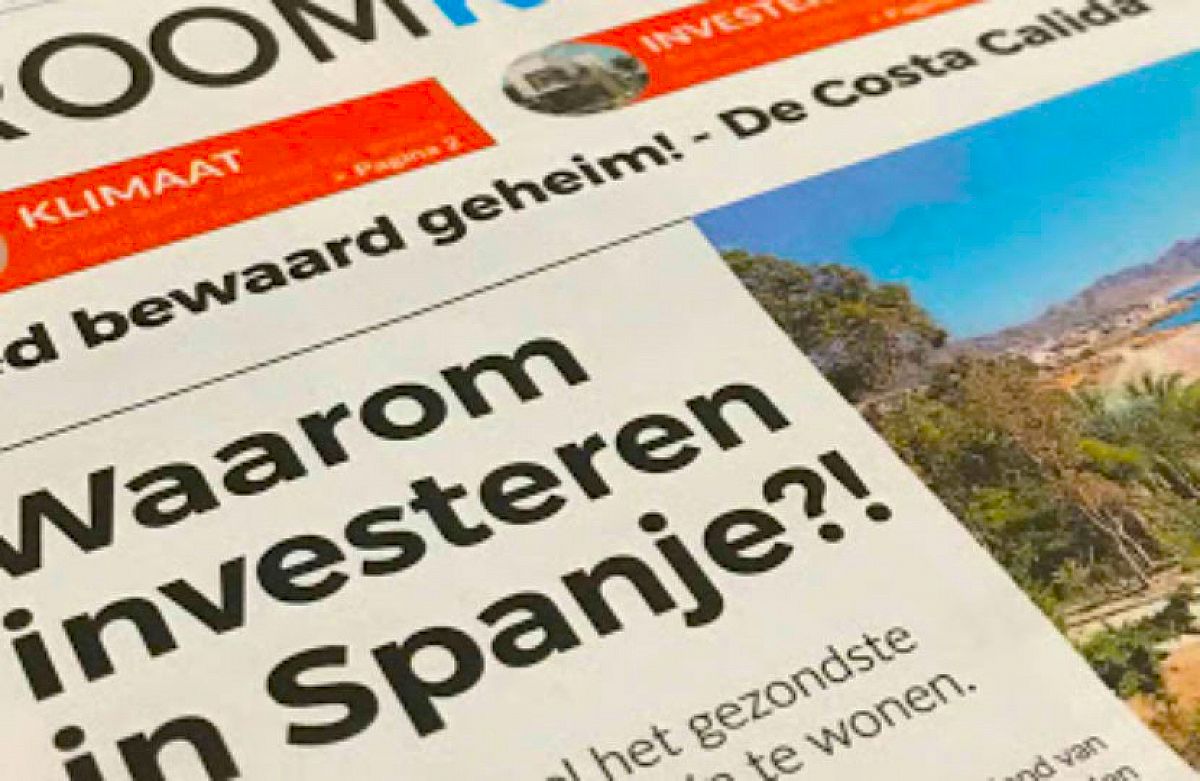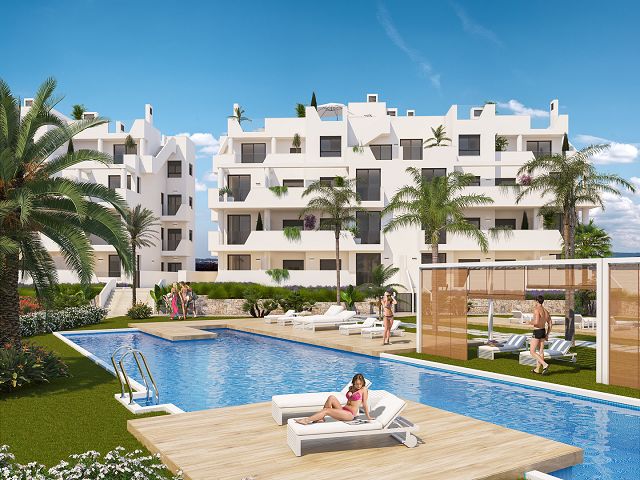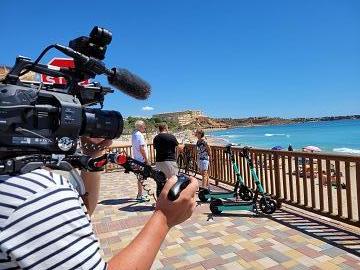The interest on savings in the Netherlands fell below 1 percent at the beginning of 2018. At the large banks, the highest savings interest rates in 2018 will also fall below this percentage. Inflation according to the consumer price index (CPI) was 0.6 percent in January. The International Monetary Fund (IMF) expects an average inflation rate of 1.2 percent per year for the next five years. Add to that the wealth tax and the conclusion is quickly that in most cases keeping saved assets in the bank costs money, and that assets slowly decrease in value. In 2017/18 we are dealing with historically low returns. After five years of taxation and inflation, the saver has become five percent poorer. Financial economist Auke Plantinga of the University of Groningen expects savings interest rates to fall further in the coming years.
So saving doesn't pay, but what does?
Investing and the associated risk is not suitable for everyone. Being active at the fair requires knowledge and courage. Moreover, as an investor, you must have the time and be able to do without the money for a little longer. An additional negative factor for Belgians is that the so-called speculation tax will come into effect from 1 January 2017. Individuals who pay personal income tax in Belgium must pay 33 percent tax on the exchange rate gains made. Investing in stones can be a great alternative. Banks in the Netherlands expect the value of real estate to rise. Not much, but the return will most likely be higher than what other asset classes deliver. Real estate also retains its value well in the event of high inflation.
Investing in real estate in Spain
Those who do not want to waste their money in a savings account would do well to list the advantages of purchasing real estate in Spain. The prices of properties in South-East Spain are currently low. The real estate crisis has hit hard in Andalusia and especially on the Costa Calida. This has caused the value of houses and apartments to fall significantly in recent years. Buyers can take advantage of this. We are currently dealing with an improving market in South-East Spain. The value of real estate is gradually increasing and with it the price.
Buy now
You want to buy a house in Spain? The best entry point has arrived. Waiting longer carries the risk of price increases. In new construction projects on the Costa Calida, we see the prices of apartments rise every month. A newly built apartment with two bedrooms and two bathrooms in the Mar Menor, in the area of Costa Blanca South / Costa Calida North, cost €134,000 three months ago, but the purchase price of the same apartments in the new phases has now risen to €154,000. Spain is on the rise of economic growth. That means investing in real estate in Spain can be a wise choice. The person who can pay for the second home largely with their own money is best off. Part of the assets can now be withdrawn from the money-saving savings account.
A so-called cash buyer, the person who can settle the entire house in cash, has the additional advantage that some extra can be negotiated on the purchase price. After all, the seller will be happy with an accelerated purchase procedure without applying for a mortgage. The value of the second home is taxed in box 3 of the Dutch tax system. The advantage of taking out a partial mortgage is that the loan is deducted from the value. Spanish banks generally provide a mortgage of 70 percent of the appraised value of the property.
Living and renting out on the Costa Calida
Who doesn't dream of a house under the sun? The Costa Calida, literally the hot coast, has a Mediterranean climate with warm summers and mild winters and has an average of 345 sunny days a year. This coast is so popular not only because of the healthy climate, but also because of the cozy Spanish atmosphere, the decadent port of Cartagena, the cultural city of Aquilas, the many impressively beautiful Jack Nicklaus golf courses, the clean wide beaches and the many restaurants, bars and other entertainment venues. . The Costa Calida is also an excellent base for the hinterland of Murcia, with well-known cultural cities such as Jumilla (the wine region), Lorca and Totana, the beautiful nature of the Murcia region is the most diverse compared to the other regions. The good infrastructure includes modern and well-maintained highways, a rail network and bus connections. The airport of Alicante & Murcia offers a connection to almost all major airports in Europe.
This variety of positives makes an investment in a property on the Costa Calida a smart move. The rental income is above average and the chance of rental is high, even in winter. Because the Costa Calida has the warmest winters in Spain. In conclusion, we can say that the purchase of a property in South-East Spain is a valuable investment in the broadest sense of the word.
The Costa Calida is the sun-drenched place where your faded savings come back to life.



